As you explore Mexico City, Your first bite of elote in La Merced Market is unforgettable. It is a mix of creamy mayonnaise, chili powder, and cotija cheese. This moment shows you Mexico City’s mix of old and new flavors.
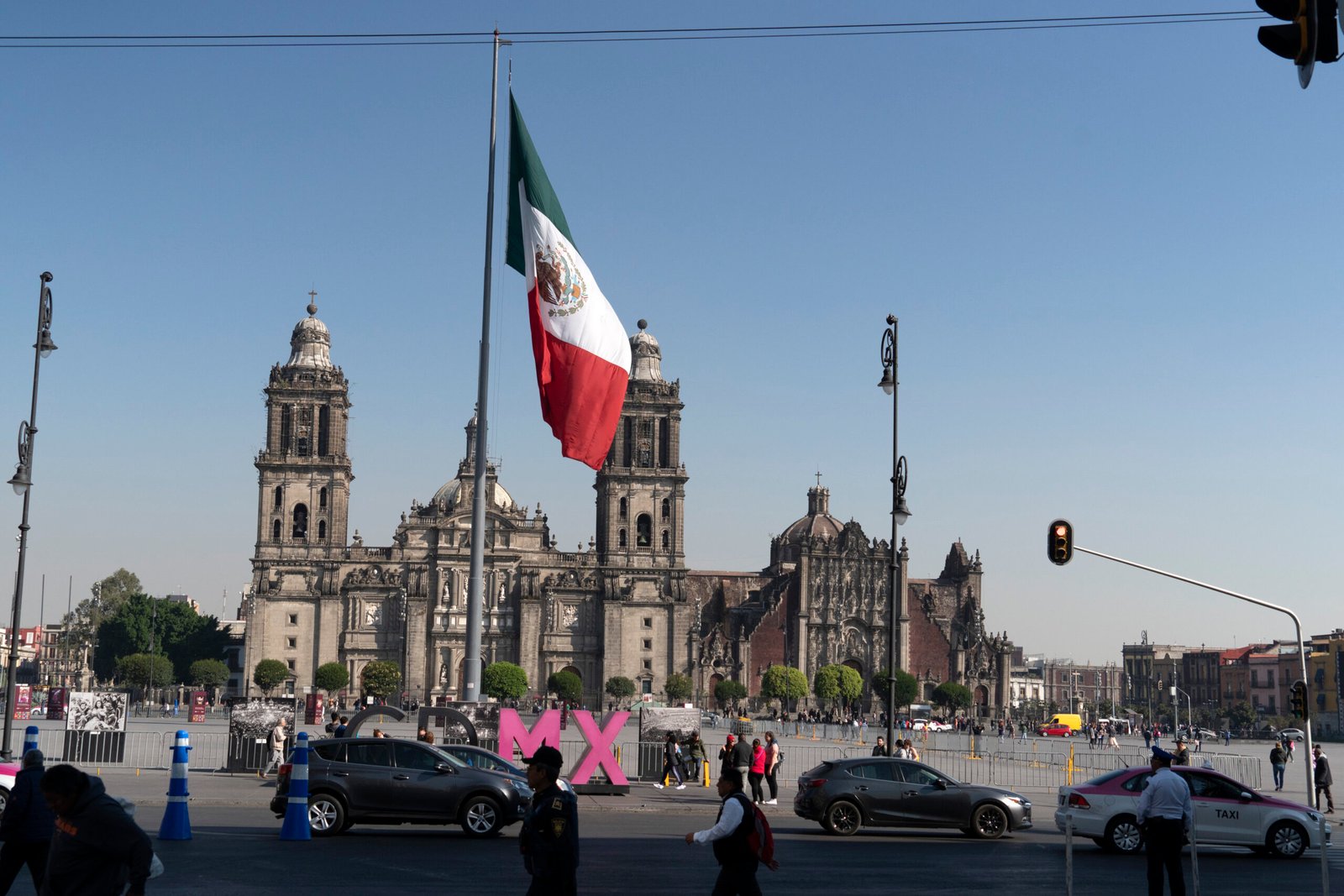
As you explore the city, you see how Mexican food traditions grow but stay true. A warm tortilla or a mole sauce cooked for hours feels like a piece of history. But chefs also use new methods like sous-vide or molecular gastronomy. This makes culinary travel to Mexico City a special experience.
Every part of the city has its own story. The smell of roasted chiles in a market meets the fresh taste of a modern cocktail bar. Here, you can find everything from street corn to barbacoa and fancy tasting menus at Pujol. Mexico City’s food scene is a bridge between the past and the future, inviting everyone to explore its heart.
Key Takeaways
- Traditional and modern Mexican cuisine coexist, providing endless discovery.
- Street food and high-end restaurants alike honor Mexican culinary traditions with creativity.
- Culinary travel to Mexico City reveals a culture where every dish tells a story.
- The city’s markets and eateries reflect its rich cultural tapestry and culinary innovation.
- Mexico City’s food scene blends heritage with global influences to create unique dining experiences.
A Tale of Two Culinary Worlds: Traditional vs. Contemporary Mexican Cuisine
As you walk through Mexico City’s markets, the scent of nixtamalized corn and toasted seeds pulls you into a sensory dialogue between old and new. Traditional Mexican cuisine breathes life in every street stall, while avant-garde kitchens reimagine ancient flavors with cutting-edge techniques. This duality isn’t conflict—it’s a celebration of continuity.
The Enduring Appeal of Pre-Hispanic Cooking Methods
The comal’s sizzle chars chapulines as they have for millennia. In Oaxaca-inspired eateries like La Docena, pre-Hispanic Mexican ingredients like epazote and huauzontle retain their earthy essence in dishes like tlayudas. These authentic Mexican dishes are not relics but living traditions.
The New Wave of Mexican Gastronomy
Chefs like Enrique Olvera at Pujol transform nopal cactus into velvety broths, or infuse chile de árbol smoke into liquid nitrogen desserts. The antojitos (street snacks) evolve into tasting menus where masa dough meets sous-vide pork. This alchemy respects tradition while pushing boundaries.
Where Tradition Meets Innovation on the Plate
At Cosme, you find a taco that crystallizes this fusion: barbacoa shredded over nopales gelée, topped with huauzontle purée. Below, a table reveals how pre-Hispanic ingredients find new forms:
| Traditional Dishes | Modern Interpretations |
|---|---|
| Chocolate molé | Chocolate mole paired with duck confit |
| Tostadas | Tostadas layered with huitlacoche caviar and gold leaf |
| Cacahuazintle corn | Crisped into popcorn dusted with chilhuacle chili salt |
Each bite here is a bridge—honoring the past while reaching toward tomorrow. The comalli (volcanic stone griddles) cook tlacoyos, yet their flavors now dance with matcha or heirloom grains. This is Mexico’s edible chronicle—alive, evolving, and utterly compelling.
Street Food: The Beating Heart of Mexico City Culinary Identity
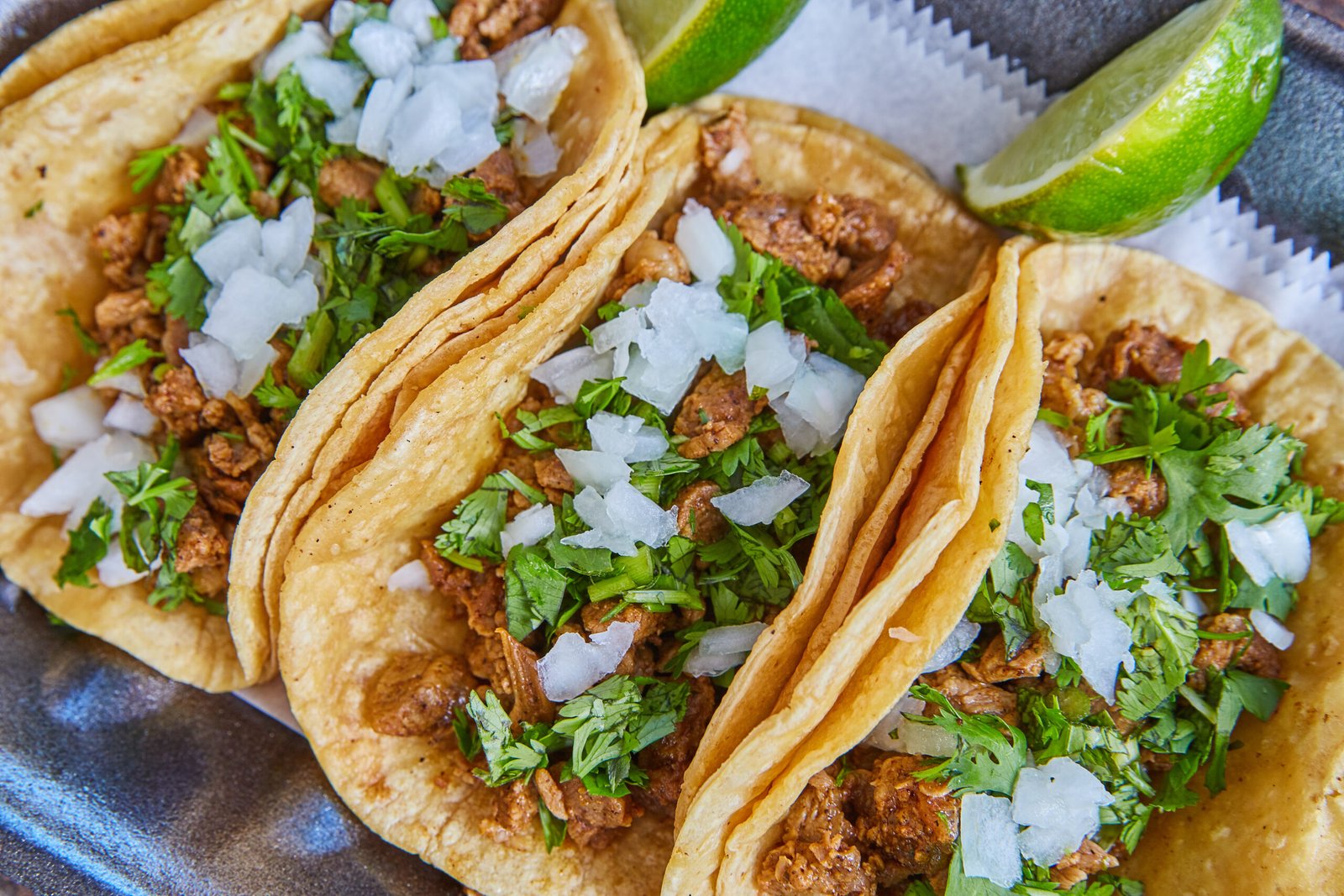
The sizzle of charcoal and the sound of tortillas fill Mexico City’s streets. Your first experiences with street food in Mexico City begins at dawn in Mercado de la Merced. There, women make best tacos in Mexico City with hands wear from years of work.
Tasting pastor tacos at El Huequito in Coyoacán becomes a tradition. The pork is tender, marinate in chiles de árbol and orange juice. Each bite is a promise between the vendor and the diner, a bond that goes beyond words.
Finding food safety Mexico City means being curious, not scared. You look for stalls full of life, where chefs like Doña Rosa in Tlalpan work with skill. Her Comal turns nixtamalized corn into soft masa, showing that tradition means freshness.
As a newcomer, talk to our local guides to find places where cleanliness meets tradition.
Morning markets like San Juan offer churros with chocolate so thick it warms the heart. These scenes show Mexico City’s culinary heart: a place where all people—workers, chefs, tourists—come together. Street carts are more than just stalls; they are keepers of history, turning masa and meat into unforgettable moments.
The city’s tastes beat here, simple yet deep. To skip its streets is to miss the core of Mexico’s food spirit.
From Mercados to High-End Restaurants: The Full Spectrum of Dining Experiences
Your adventure in Mexico City starts at the Mexico City food markets. Places like Mercado de la Merced buzz with the smell of food. You can find everything from roasted meats to dried chiles.
Stalls like La Casa de los Chiles offer rare chiles. Fishmongers at Mercado de San Juan have fresh huachinango for tamales. A vendor says, “Every market is a mix of old and new,” showing off cempasúchil flowers.
Mid-range Mexico City restaurants offer great food at good prices. La Docena in Roma Norte has amazing ceviche. El Cardenal in Coyoacán serves mole with duck confit.
These places are off the beaten path. They’re known for their dishes and friendly service. Here, you can try chiles en nogada with a smile.
At the top, Mexican fine dining takes tradition to new heights. Pujol and Contramar are leaders in this field. They use old techniques to make dishes like chocolate mole and wild oyster tostadas.
Even in fancy restaurants, the taste of a nopal cactus from a market is remembered. It shows how all levels of dining in Mexico City are connected.
Regional Influences That Shape Mexico City Food Landscape
As you explore Mexico City, you see its food scene is a mix of flavors from all over the country. The city’s food isn’t just local; it’s a map of Mexico’s regional treasures. This culinary travel to Mexico City journey starts where the smells of far-off places meet the city’s streets.
Oaxacan Flavors in the Capital
Visiting here isn’t complete without trying Oaxacan food in Mexico City. At La Oaxaqueña, you taste rich black mole negro with over 20 ingredients. It’s balanced by earthy chapulines. Mezcal bars like Mezcalería El Idiota serve smoky drinks that taste like Oaxaca’s rugged lands.
Yucatecan Treasures Worth Seeking Out
In the city’s Yucatán areas, cochinita pibil is fragrant with achiote and banana leaf, as at Xixim. The tangy sopa de lima, with citrus-kissed chicken, brings Mérida’s coastal warmth to mind. These dishes show Yucatán’s legacy lives in every bite.
Northern Mexican Contributions to the City’s Culinary Scene
Northern Mexico’s rustic charm is also in Ciudad de México. At El Cardenal, sizzling carne asada from Sonora is charred to perfection. Sinaloan-style aguachiles burst with fresh shrimp and fiery chiles. These dishes show the north’s influence is close and strong.
| Region | Signature Dishes | Iconic Spots |
|---|---|---|
| Oaxaca | Mole negro, chapulines, mezcal | La Oaxaqueña |
| Yucatán | Cochinita pibil, sopa de lima | Xixim |
| North | Carne asada, aguachile | El Cardenal |
These flavors aren’t just brought in; they grow. A mole gets new layers in the city; a pibil recipe changes for urban tastes. For travelers, this mix makes Mexico City a small version of Mexico. Every dish tells a story of roots reimagined, showing regional Mexican cuisine here is both a tribute and a new creation.
The Essential Guide to Culinary Travel to Mexico City
Timing is key when exploring Mexico City’s food scene. You should plan your visits around seasonal highlights. For example, you can enjoy cuaresmales in spring and chiles en nogada in September. These dishes are tie to tradition and celebration.
- Plan your trip with a mix of booked spots and free exploration. Start with mercado adventures, like La Merced’s cheese stalls. Then, save evenings for top restaurants like Pujol or Cosme.
- Look for food tours that include local chefs. Casa de la Masa tours show you more than just tacos.
- Stay in areas like Roma or Condesa for easy access to markets and hidden eateries. Use apps like Rappi for local delivery tips.
Getting around requires smart choices. The metro gets you to historic mercados. Ride-sharing is great for late-night reservations in Polanco. Always book ahead for places like Contramar or Rosetta, where lines are long.
“The Mexico City food scene rewards those who wander, but a guidebook in one hand and an open mind in the other ensures no flavor is missed.” —Chef Enrique Olvera, Pujol
Best tip? Take your time. Enjoy mole negro’s rich flavor over lunch. Then, try street cart esquites on your afternoon walk. Traveling for food in Mexico City is a journey of history and taste, best savored slowly.
Beyond Tacos and Tamales: Unexpected Delicacies in Mexico’s Capital
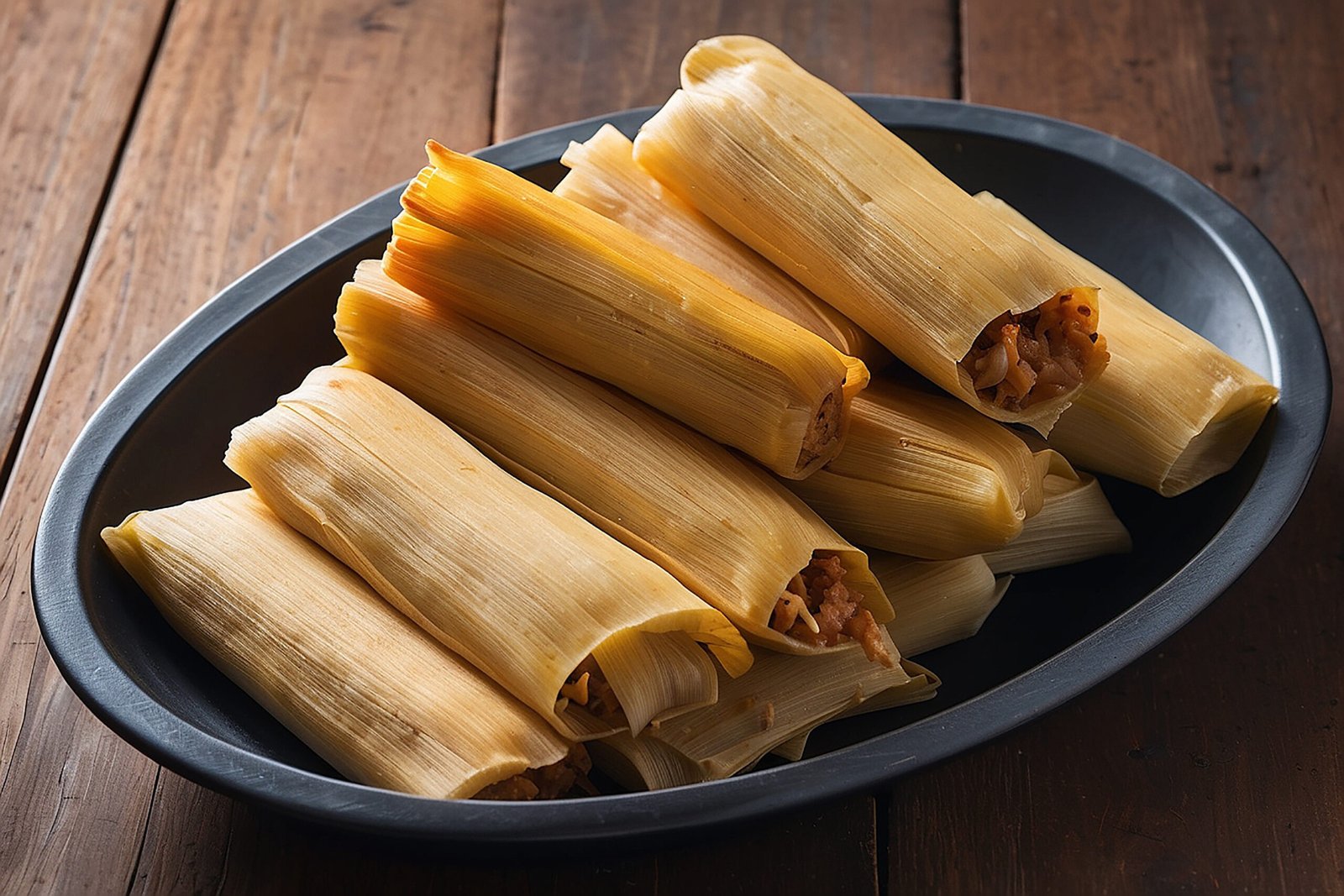
Your journey through Mexico City’s food scene shows flavors you never expected. Beyond taco stands, there’s a world of ancient ingredients and new dishes. Pre-Hispanic Mexican ingredients are now key in modern cooking. Fusion menus mix Mexican culinary traditions with global tastes.
Pre-Hispanic Ingredients Making a Comeback
The past is present on every bite.
- Amaranth: A protein-rich grain adds nutty depth to salads and desserts.
- Nopales: Cactus paddles transform into silky soups or crispy tempura bites.
- Huitlacoche: Once called the “corn truffle,” it crowns tamales with earthy richness.
Restaurants now treat these ingredients with reverence, pairing them in ways that honor their heritage.
Fusion Cuisine That Actually Works
In cosmopolitan spots, authentic Mexican dishes evolve into global conversations. A Michoacán chef’s mole with miso broth? A Yucatán-inspired mezcal cocktail with lavender? These marriages feel intuitive, not gimmicky. At El Cosmico, you sip chile-infused horchata paired with Japanese matcha, a harmony of textures that feels like discovery.
These innovations don’t erase tradition—they expand it. Every bite tells you a story of resilience and reinvention, proving that Mexico’s table is as vast as its history.
Navigating Dietary Restrictions in a Meat-Centric Food Culture
In Mexico City, you find that vegan options Mexico City are getting easier to find. Chefs like Chef Ana María at Nido make dishes like jackfruit carnitas. This shows that plant-based food can be just as good as traditional dishes. But, finding these options requires some careful searching.
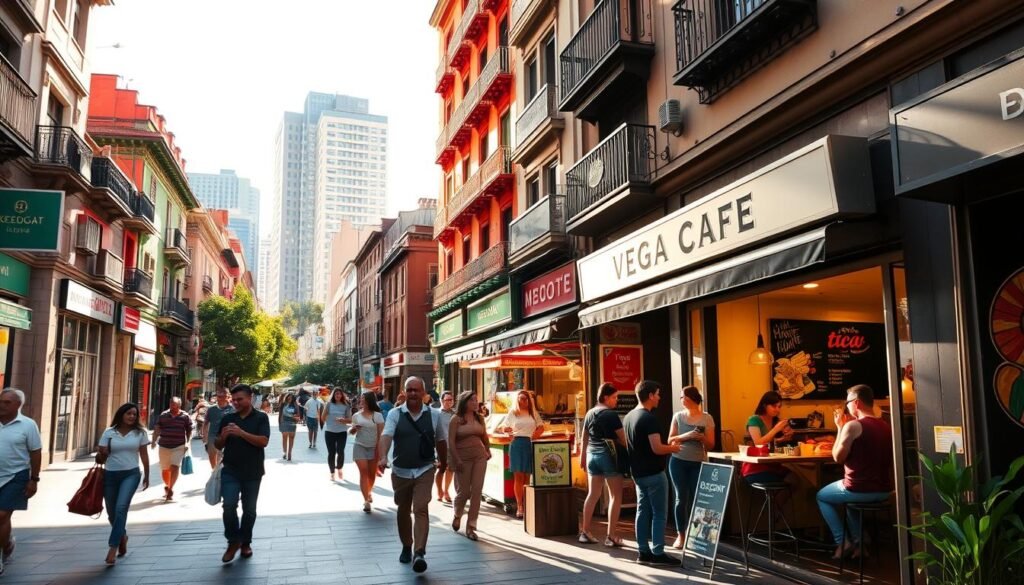
“Respect the ingredients, but don’t fear asking questions—Mexico’s culinary soul thrives on adaptation,” Chef Diego at Vía Láctea shares with travelers, a pioneer in gluten-free moles.
- Master key phrases: “Soy vegetariano/vegetariana estricto” or “Necesito opciones sin lácteos.”
- Trust dining etiquette Mexico City norms: Always greet staff with “buenas tardes” before stating restrictions.
Food safety Mexico City is very important. Corn-based foods like elote are naturally gluten-free. But, sauces might have wheat or dairy. At taco stands, ask “ ¿Tienen salsa picos sin crema?” to avoid hidden dairy. For gluten concerns, look for masa de maíz (corn masa) dishes. One of the best vegan options Mexico City is the chile relleno at Dulce Patria, filled with jackfruit and served with queso fresco-free salsa.
Every bite here is a chance to learn and respect. By asking, listening, and tasting, even the most restrictive diets can enjoy Mexico’s flavors. The city’s tastes are waiting for those who are curious and careful.
The Beverage Scene: From Ancient Pulque to Craft Cocktails

Your first sip of pulque in a Mexican beverages haven near the Centro Historico becomes amazing. It feels like silk in mouth, with tastes of fresh grass and minerals. Pulque is more than a drink; it connects you to centuries of tradition.
Today, tequila and mezcal tasting bars honor these spirits with great respect. At pulquerías like La Cueva de los Vinos, locals enjoy pulque with tropical fruits. It’s a modern twist on an old tradition.
Traditional Mexican Drinks You Must Try
Begin with pulque in historic mezcalerías. Here, you’ll learn about its cultural importance. Nearby, La Catrina offers tequila tasting flights that highlight different agave types.
Don’t miss mezcal at El Maguey Noble. It’s smoky and pairs well with spicy food.
The Rise of Mexican Wine and Craft Beer
Wine regions like Valle de Guadalupe are now world-class. At Bodega En Masse, you taste bold cabernet sauvignons. They blend oak aging with local flavors.
Craft brewers like Cervecería Minerva add unique twists to lagers. Their beers tell stories of resilience and creativity.
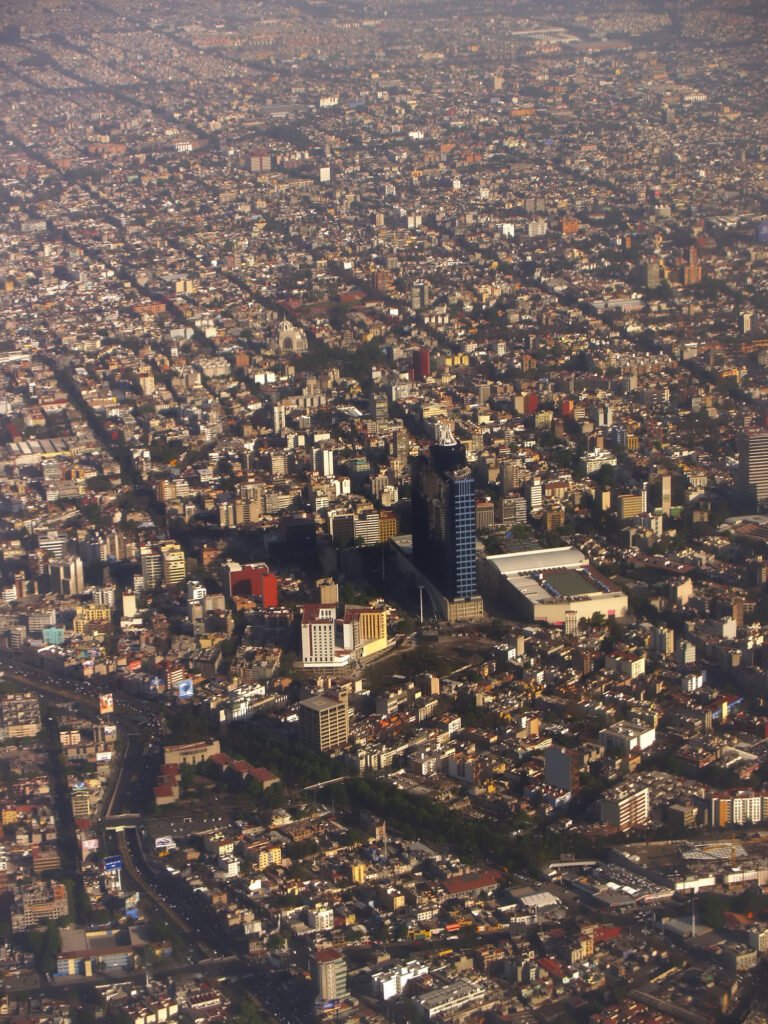
Where to Find the Best Coffee in Mexico City
- La Granja: Single-origin beans from Chiapas roasted to highlight floral notes
- Café Tacuba: Historic spot serving café de olla with cinnamon and panela
- Comala: Third-wave roasters blending Veracruz beans with avant-garde brewing techniques
Try a peach-tequila iced tea with your coffee for a modern twist. Every drink here has a story—of heritage, craft, and innovation.
How History of Mexico City is Told Through Its Food
As you walk through the cobblestone streets of Coyoacán, you find out how every dish tells stories of conquest and resilience. The flavors here mix Aztec earthiness with Spanish refinement. This shows that traditional Mexican cuisine is a living history.
“A tortilla holds more than corn—it holds centuries of adaptation.” — Chef Elena Reygadas, Contramar
| Dish | Historical Layer | Modern Keeper |
|---|---|---|
| Mole poblano | Colonial nuns merging chiles with Old World spices | La Docena (San Ángel) |
| Chiles en nogada | Revolutionary-era patriotism in green-white-red symbolism | El Cardenal (Centro Histórico) |
| Pozole | Pre-Hispanic ritual dish reclaimed by urban kitchens | El Huequito (Condesa) |
In colonial kitchens, Moorish spices meet Oaxacan chocolate. You enjoy this mix in mole de guajolote at El Morillo. Here, 16th-century cooking methods are alive today.
The 1910 Revolution made street carts symbols of national pride. Try tacos arabes at El Califa. They blend Lebanese and Mexican flavors, a post-revolutionary creation.
Traditional Mexican cuisine is like a time machine. Chilaquiles has its roots in Aztec breakfasts, adapted by soldiers. Today, trendy taquerías give it a new twist. Every bite is a story of survival and innovation, a feast of flavors that refused to be forgotten.
Practical Tips for American Foodies Visiting Mexico City
Your first bite of street al pastor teaches you: Mexico City’s culinary magic thrives on respect for its rhythms. Here’s how to navigate with confidence during your culinary travel to Mexico City.
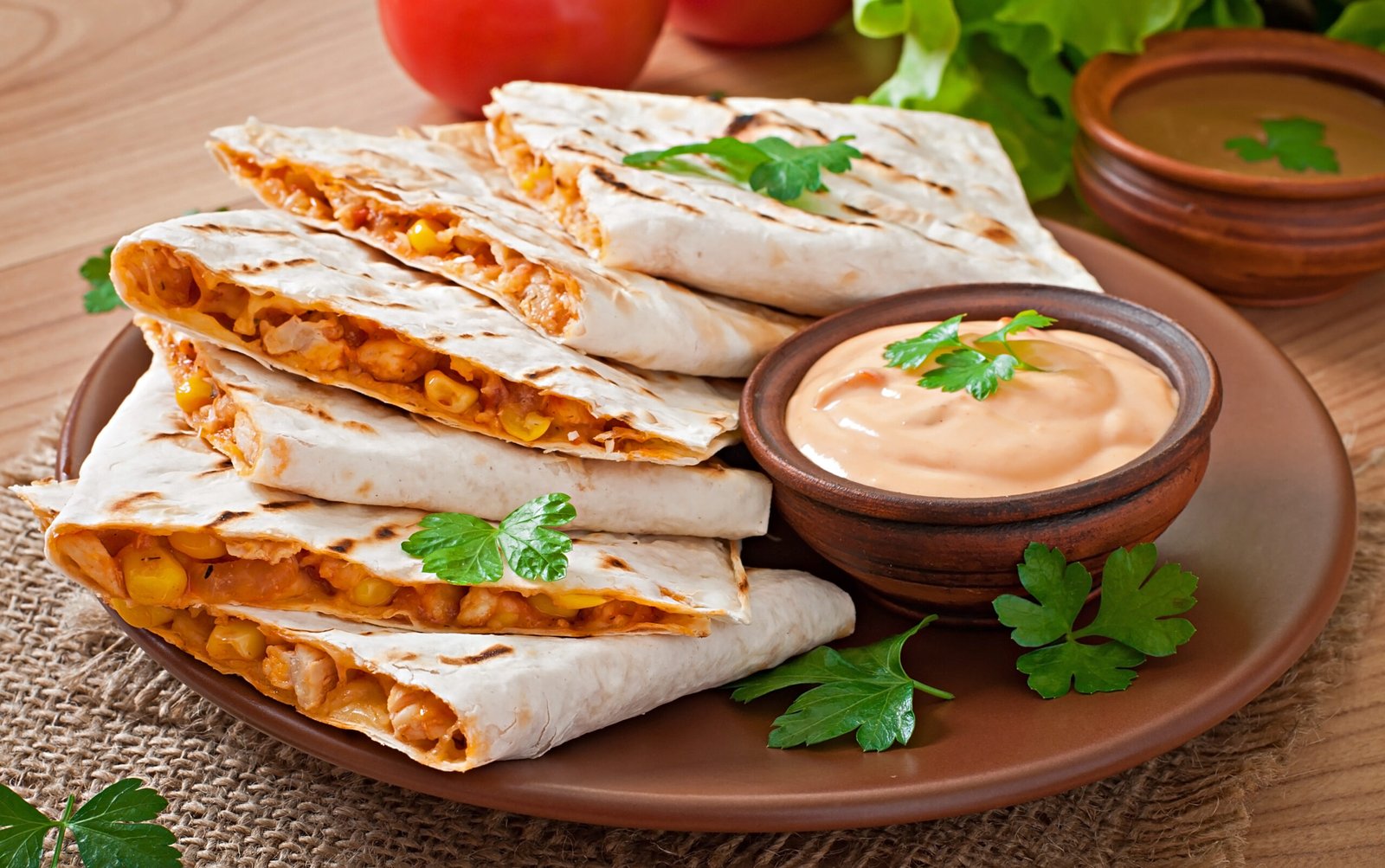
- Master dining etiquette Mexico City basics: Tear tortillas, not fold them, when enjoying tacos. Tipping 10% at casual spots is customary; upscale venues expect 15%.
- Ask servers “¿Habla inglés?” to bridge language gaps. Apps like Google Translate’s camera feature decode menus instantly.
For food safety Mexico City, trust bustling markets like Mercado de la Merced—busy stalls mean fresher ingredients. Always carry a reusable water bottle; avoid ice in drinks. Street carts with long lines? That’s a good sign.
| Setting | Payment |
|---|---|
| Street vendors | Cash only (small bills) |
| Mid-range eateries | Cash or chip-and-pin cards |
| Upscale restaurants | Prefer card payments |
Pace your explorations like locals do: breakfast on chilaquiles, a midday torta, then let dinner stretch into midnight. Your go-to? A churro before midnight—a sweet tradition that never disappoints.
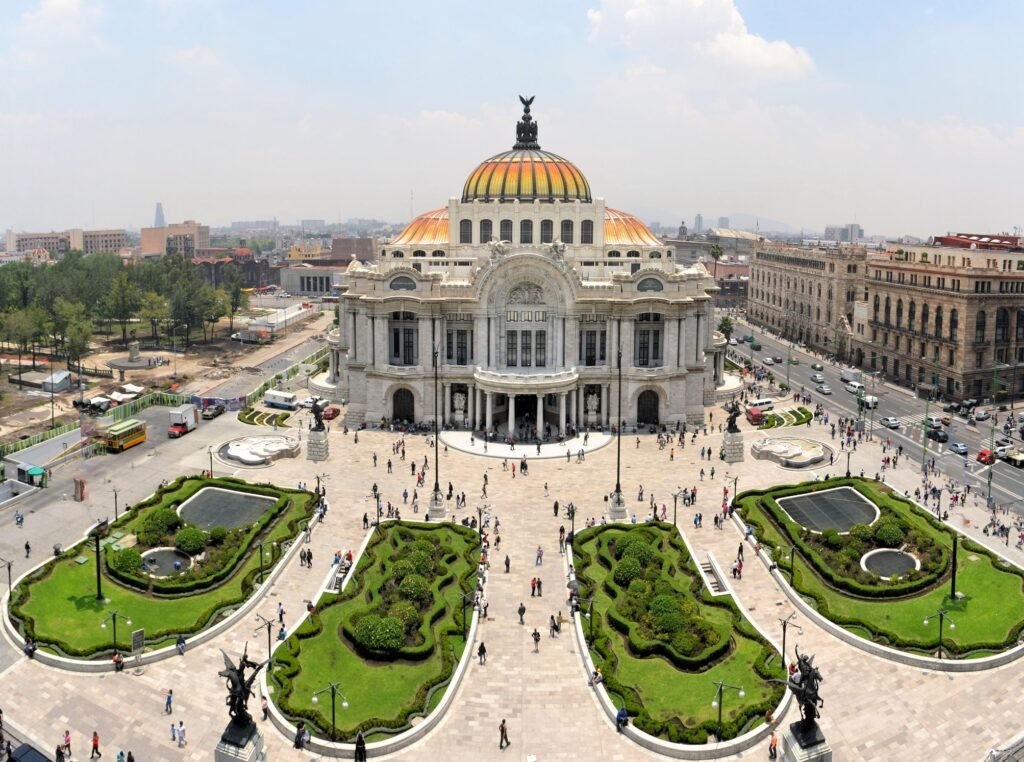
Conclusion: Why Mexico City Deserves Its Place Among the World’s Culinary Capitals
Mexico City’s food scene is a bridge between old and new. Its streets are filled with the smell of tortillas and the creativity of chefs. Here, a simple taco stand and a fancy restaurant can share the same spot, each telling a part of the city’s story.
The city’s magic is in its mix of tradition and new ideas. Walking around, you’ll find dishes that feel like history, like nopal salads or tlayudas. The markets and restaurants have the same energy, showing that the Mexico City food scene values its roots and loves to try new things. No other city combines chilies, corn, and creativity like this.
As a traveler, you should be open to trying everything in Mexico City. From street food at midnight to fancy tasting menus, there’s always something new. Eating here is like having a conversation between the old and the new.
Your taste buds grow in ways you never expected. The city’s flavors shows you that Mexican food is more than what you were expecting. If you’re eager to explore, Mexico City is ready to share its flavors. Start with a espresso in Coyoacán or a mezcal tasting. Here, tradition and innovation blend perfectly, and every dish is a new adventure.


